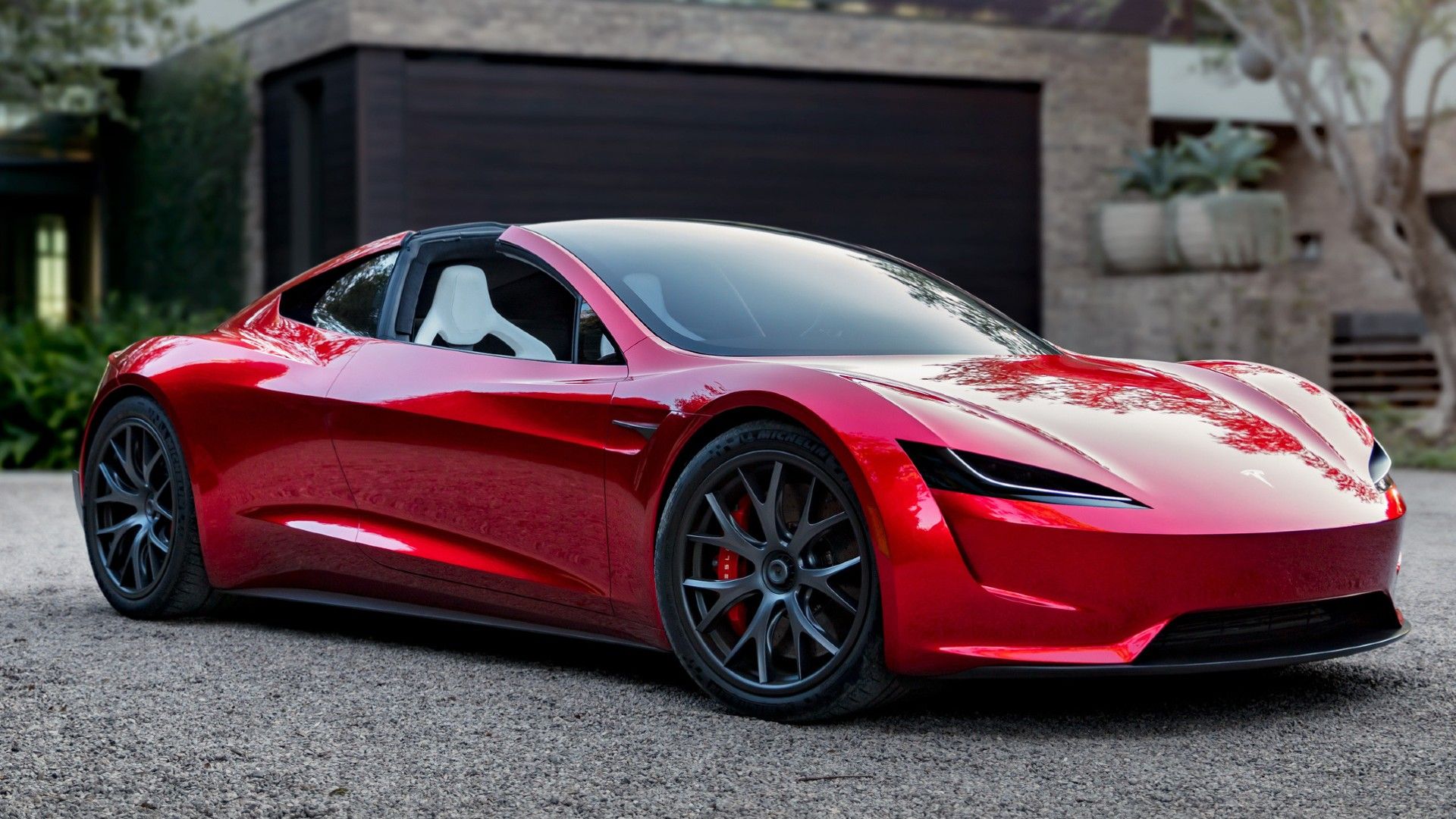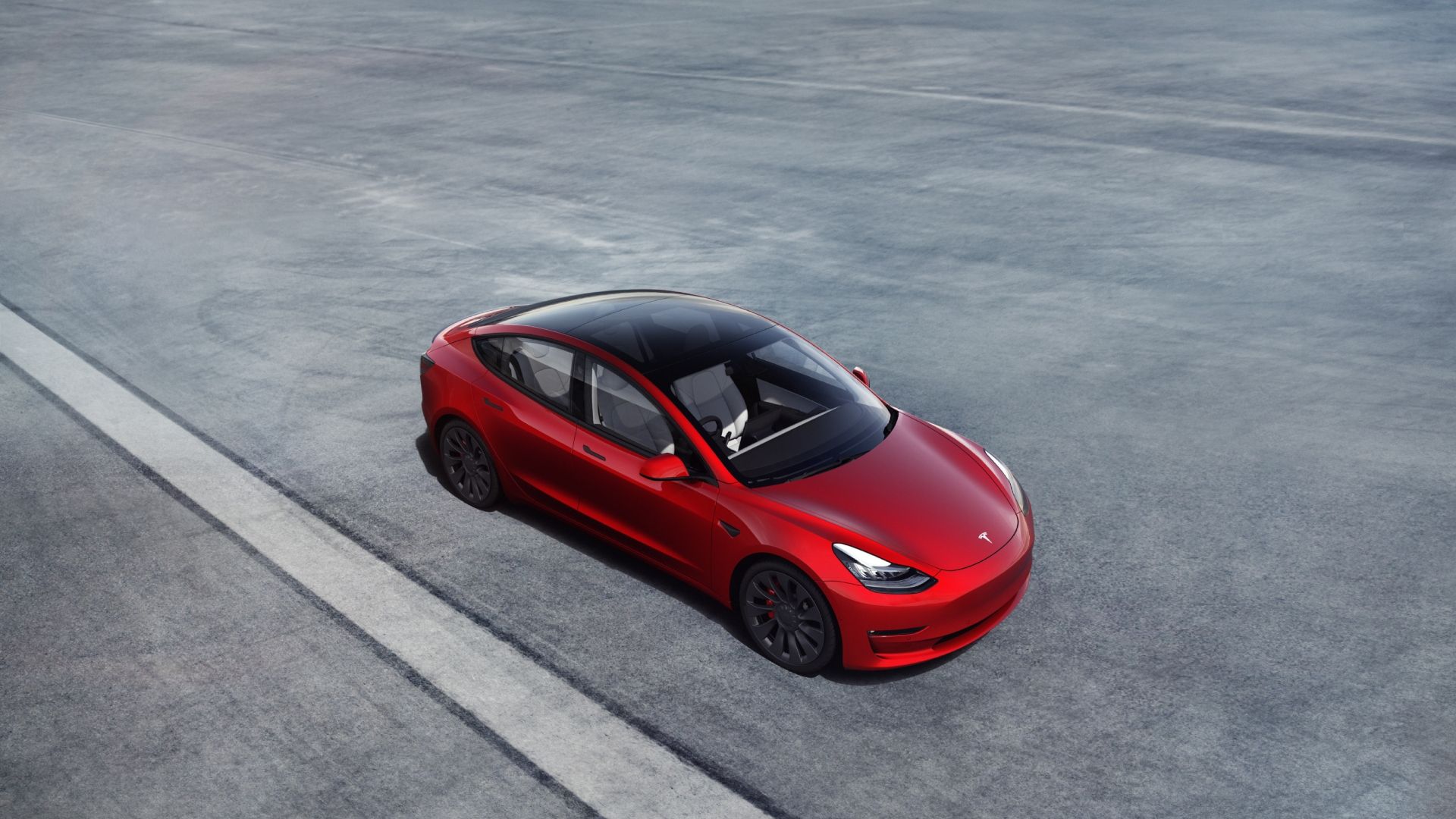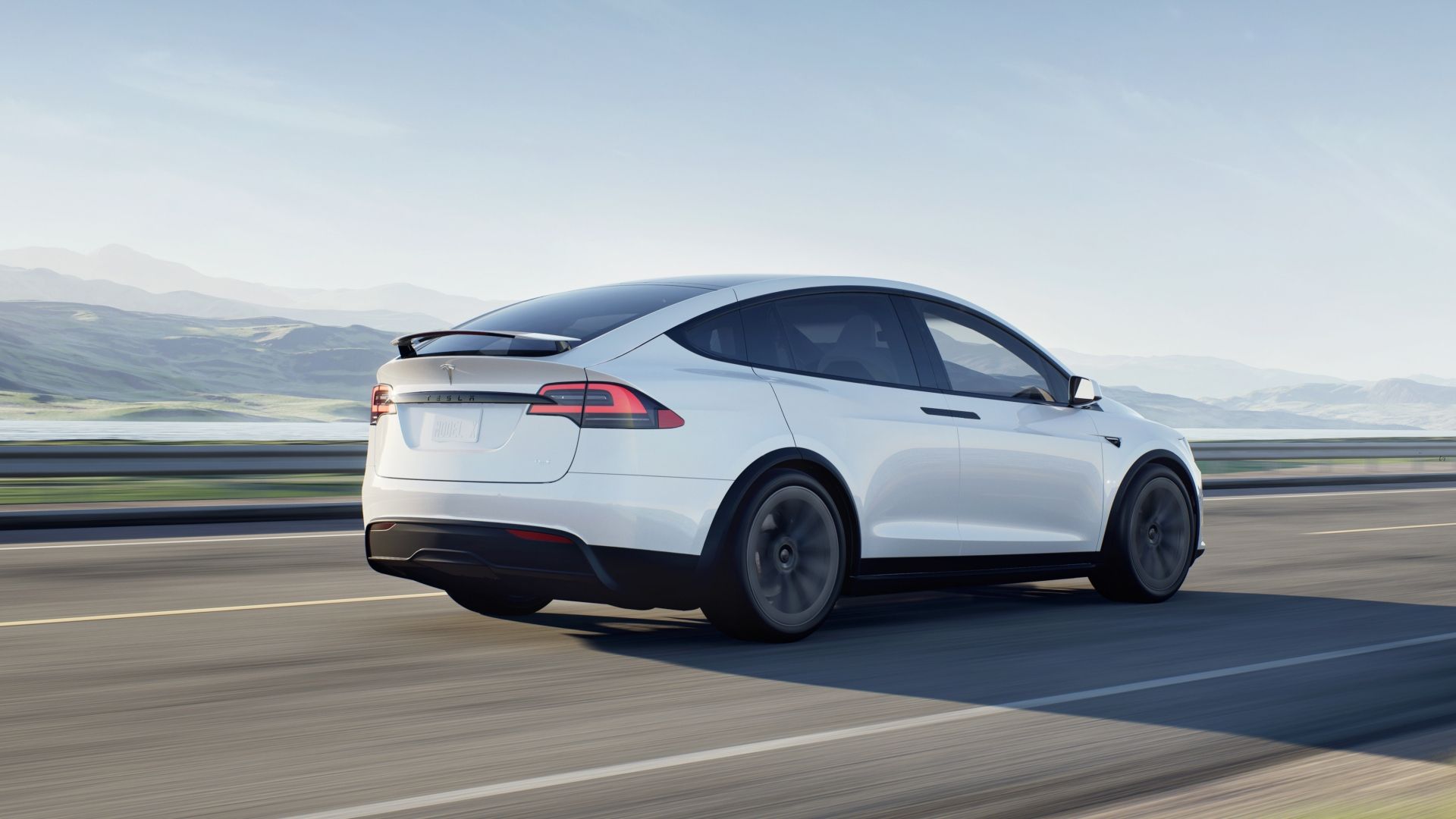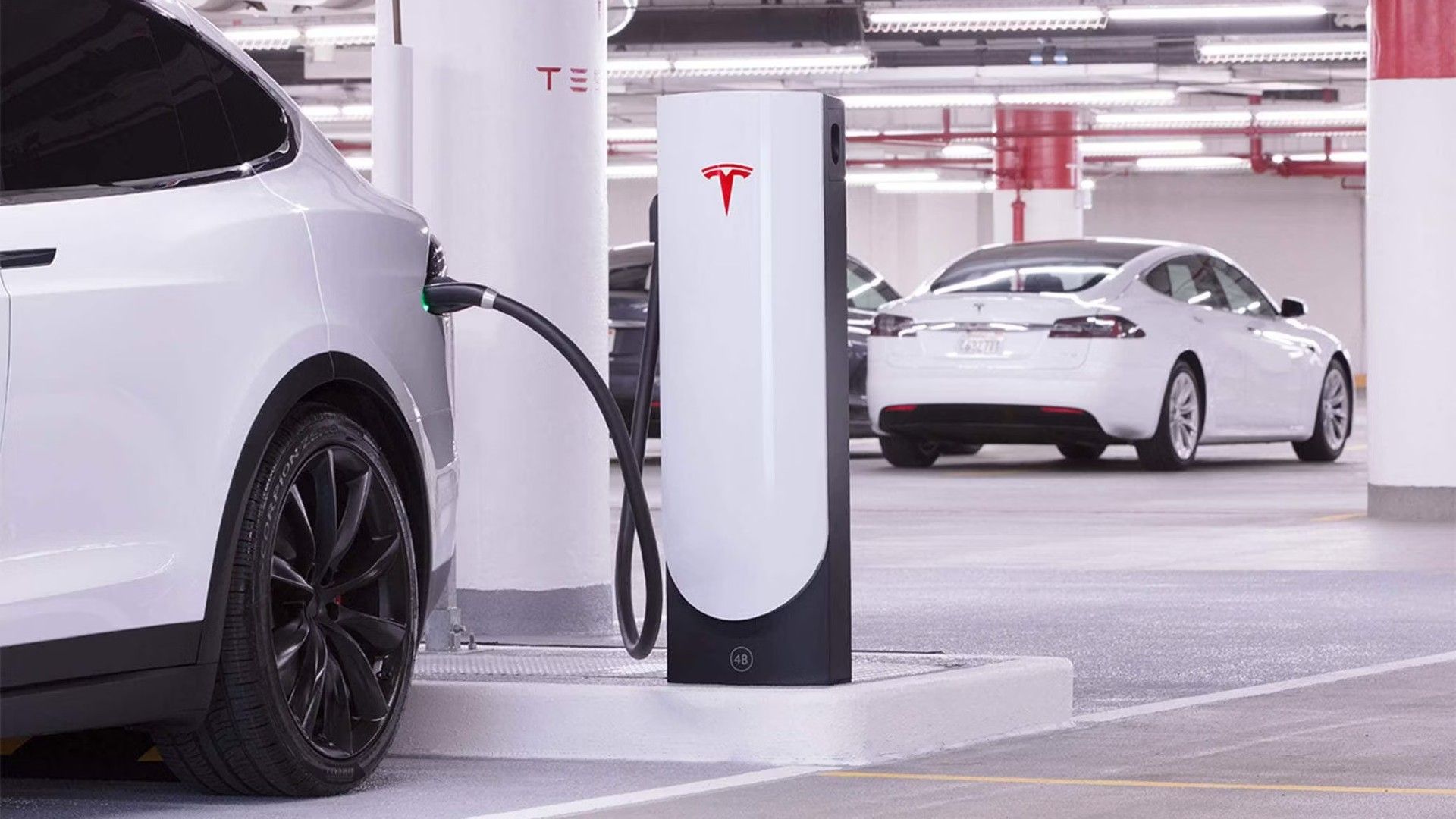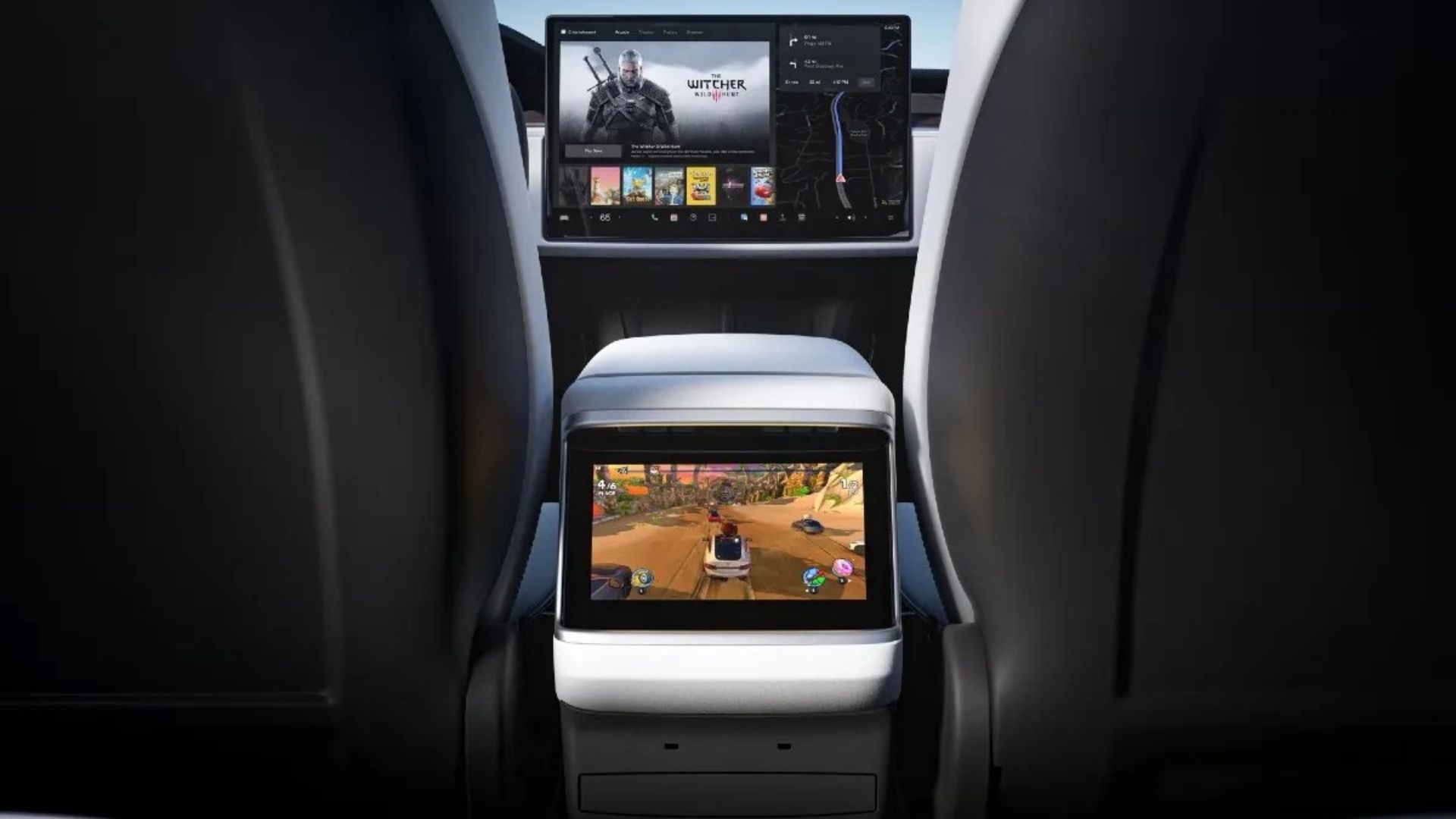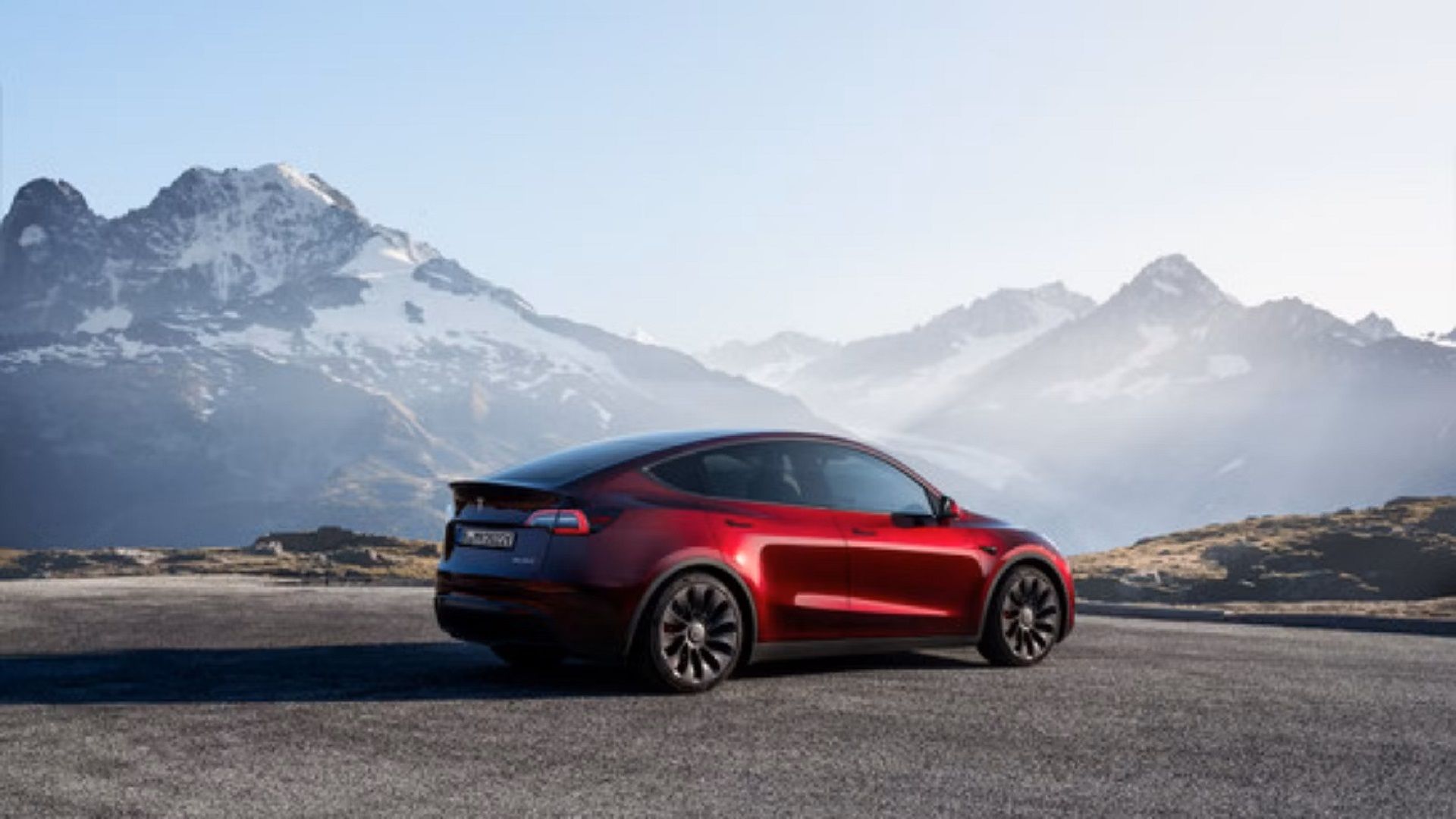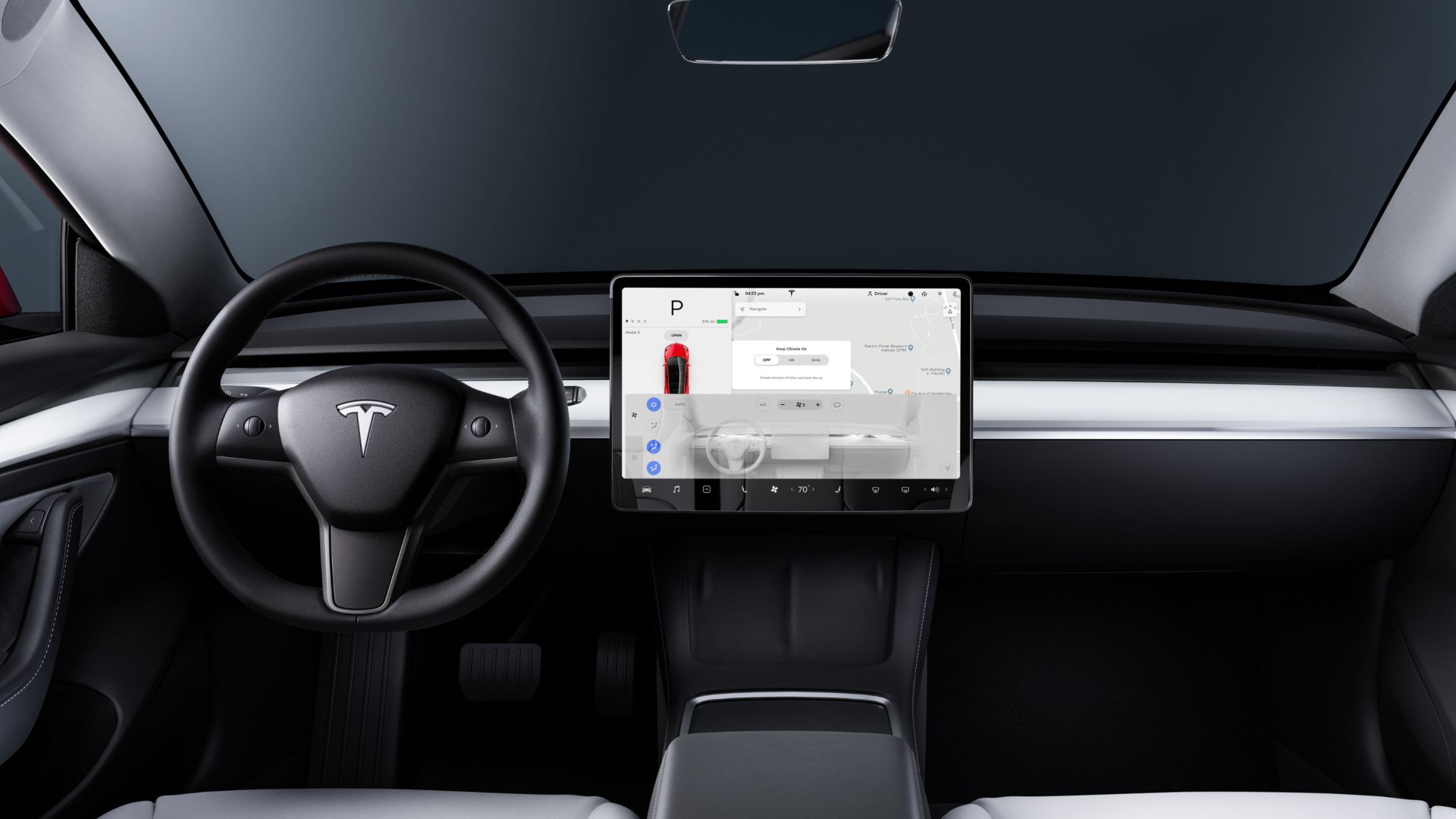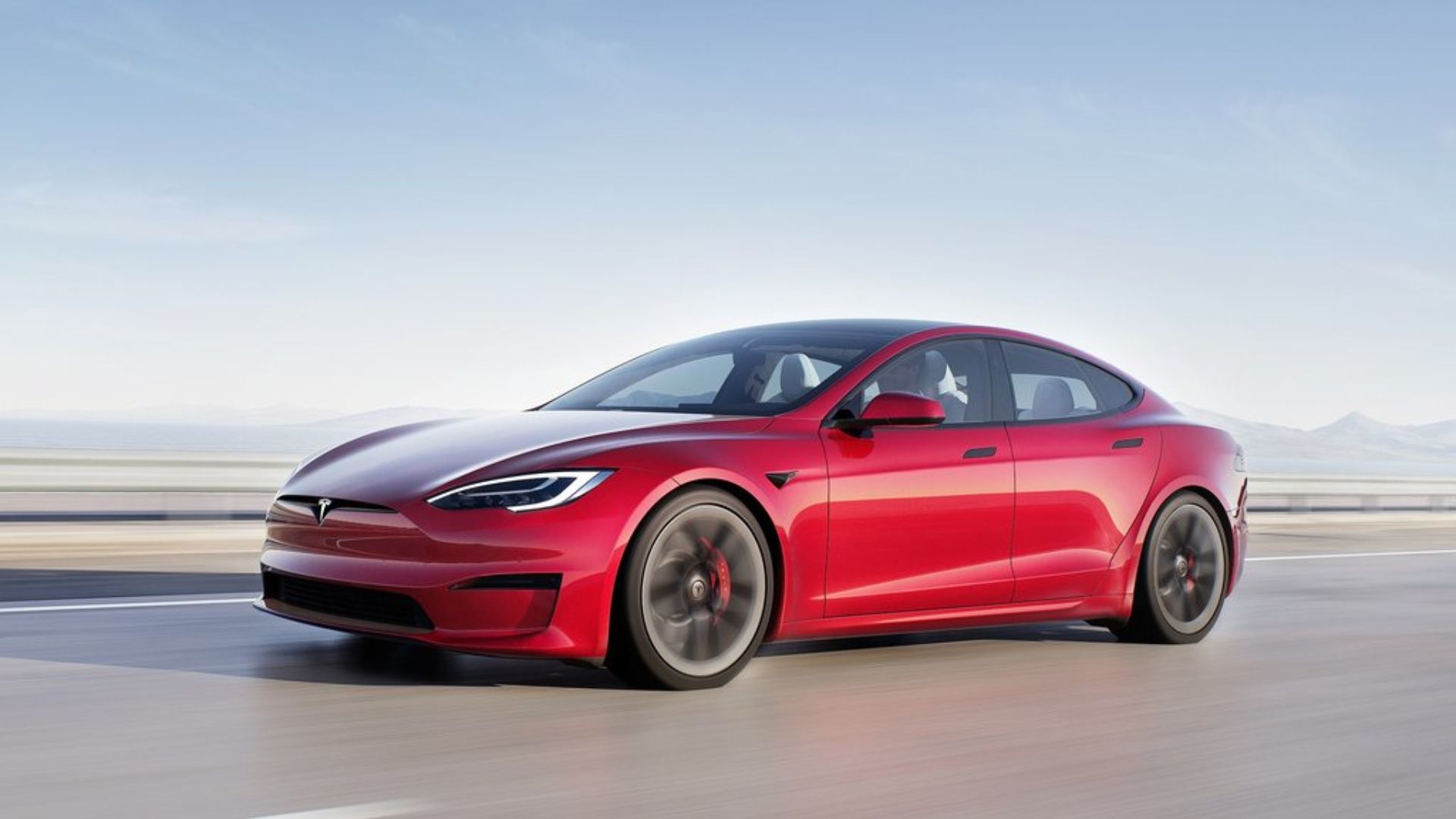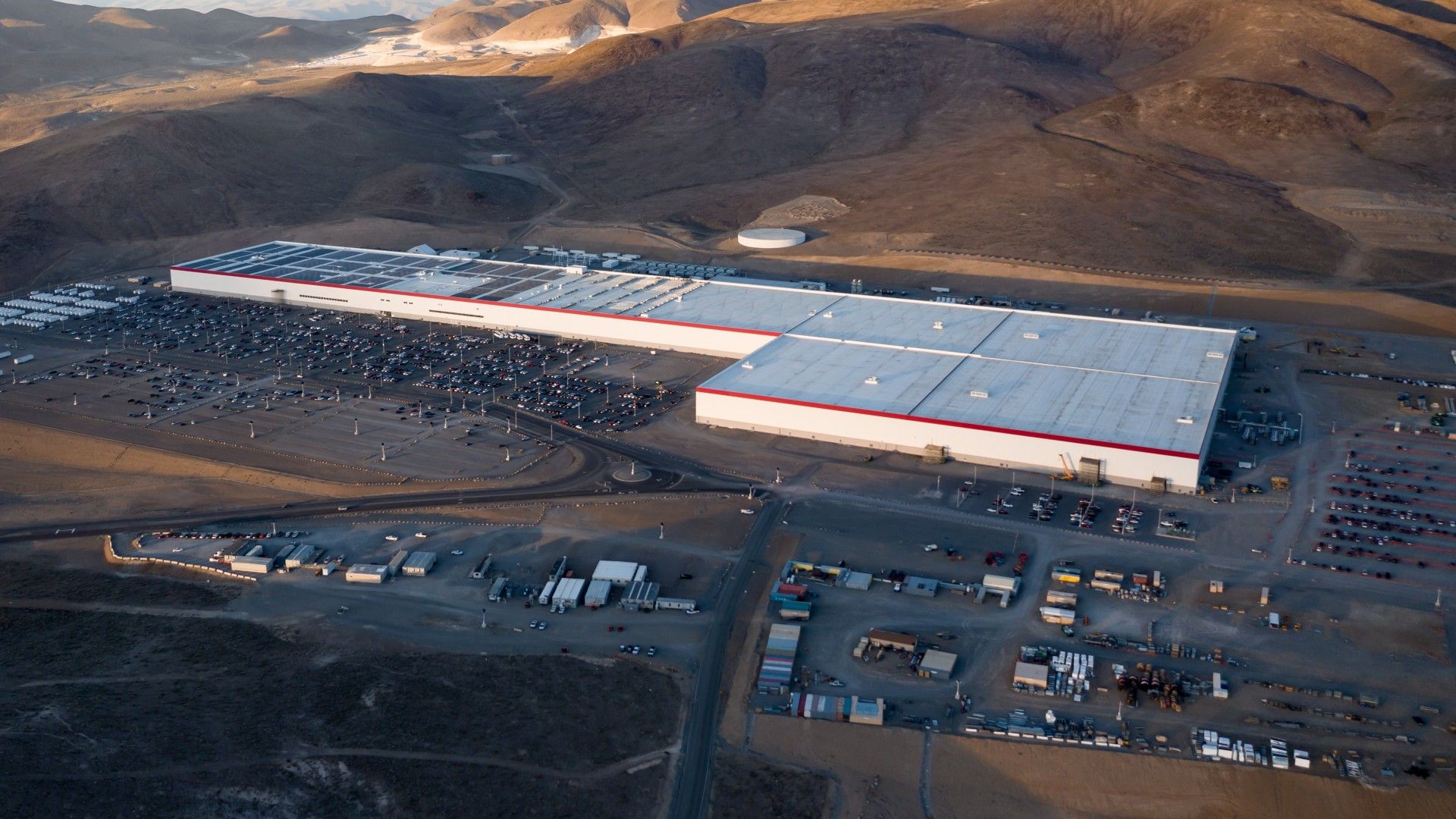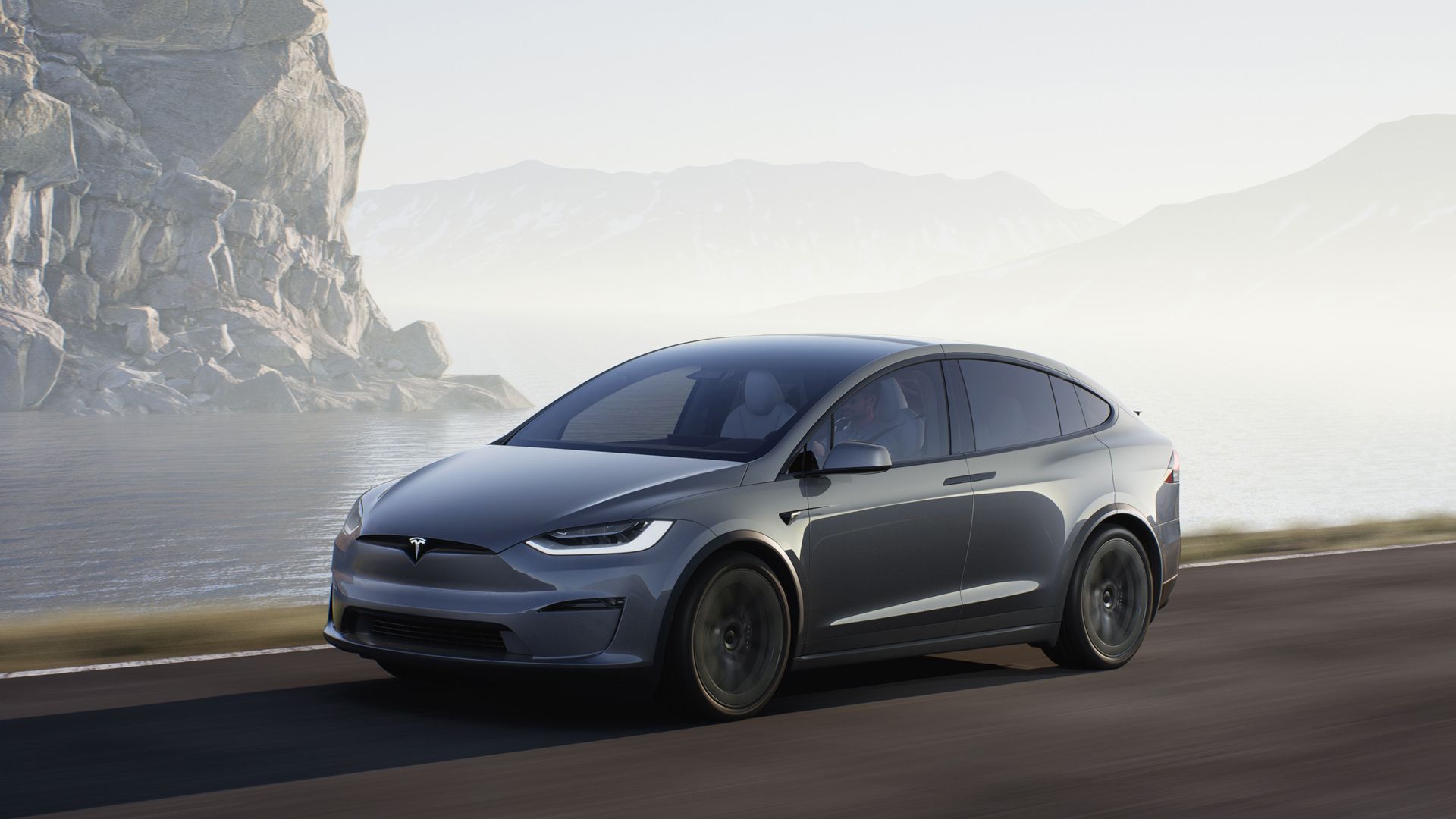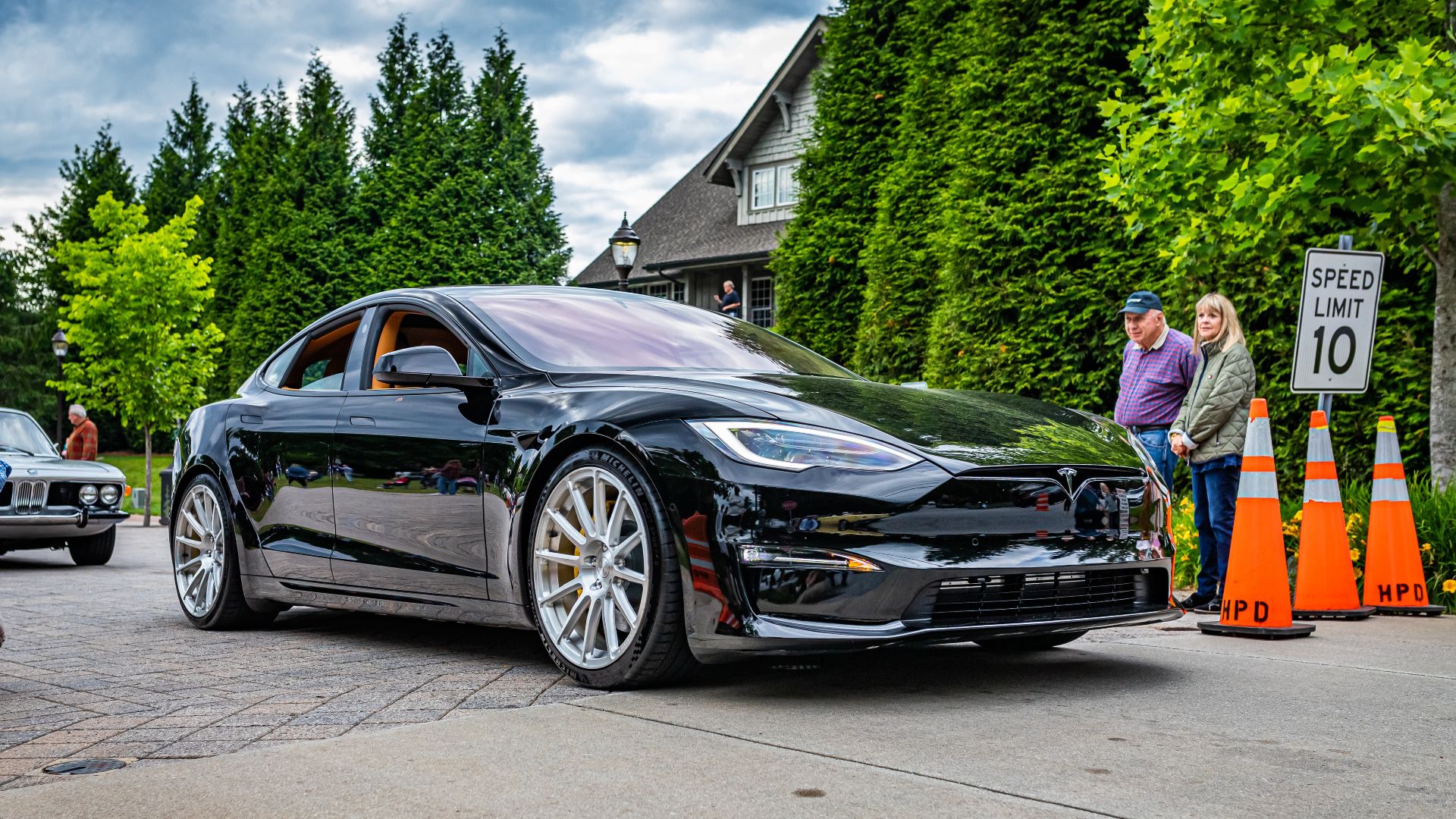Summary
- Tesla has transformed electric cars from 'nerdy' and 'uncool' to trendy and sought-after vehicles, with sleek designs, high-tech features, and impressive power and speed.
- Tesla has accelerated the adoption of electric vehicles, dominating the market with the highest-selling EV in the world, the Tesla Model Y.
- Tesla's Supercharger network and emphasis on expanding charging infrastructure have alleviated range anxiety and encouraged other automakers and governments to invest in similar networks.
The EV revolution is in full swing and everyone wants a piece of the pie. As almost every single manufacturer races towards electrification, one has stood out as the undisputed king, both in terms of sales and innovation. Tesla is the first all-electric automaker to have successfully become a lasting mass-market manufacturer, and it is here to stay. Since its founding in 2003, the automaker’s innovative methods have sent ripples throughout the international auto industry. Tesla's impact on the automotive sector is set to expand further in the future with the company at the forefront of electric vehicle development and striving, at least in theory, for a greener and more sustainable world.
Even though it commenced sales only in 2008 and its first car hardly made its mark on the market, Tesla has quickly achieved remarkable recognition with its commitment to novel and out-of-the-box solutions. EVs are transforming the landscape of the automotive market, and Tesla's groundbreaking electric cars have debunked a lot of stereotypes surrounding them. While the list of ways in which Tesla has reshaped the automotive industry is long and exhaustive, here are 10 of the most significant ones.
1 Tesla Has Managed To Bring EVs To The Mainstream Before Anyone Else
During their infancy, EVs were considered 'nerdy' and 'uncool, but Tesla has transformed electric cars into trendy and sought-after vehicles. Its cars have graced the screens of movies and TV shows, often being regarded as symbols of status. Tesla achieved this by crafting electric cars with several appealing traits including sleek and well-crafted designs, high-tech features, practicality, and lately, straight-up value for money. Furthermore, Tesla's vehicles showcase impressive power and speed, even outclassing numerous gasoline-powered cars.
This shift has effectively altered the stereotype of electric vehicles as uninspiring and unexciting. Couple that with Tesla's ingenious marketing techniques that seem to always make waves, and you get a recipe for unbridled success. As a result of Tesla's accomplishments, EVs have now entered the mainstream and competing automakers are now channeling substantial resources into electric vehicles, propelling the expansion of the electric car market.
2 It Has Sped Up Mass EV Adoption
If someone told you in 2008 that in 15 years, the world's best-selling vehicle would be an electric Tesla, you would have laughed at them. However, this is exactly what has transpired, and the Tesla Model Y is now the highest-selling EV in the world. Yes, there were EVs even before Tesla emerged, but none of them made a proper mark on the industry until the Model S, and then the more affordable Model 3 and Model Y arrived.
Before Tesla's impact, electric vehicles were considered impractical and a lot of people were hesitant to adopt them as their daily drivers, but that is no longer the case and EVs are on course to take over ICE-powered vehicles in the very near future. Tesla has managed to do this by covering all its bases to make EVs accessible for everyone, and Elon Musk and Co's efforts seem to be paying dividends.
3 It Has Greatly Enhanced EV Charging Infrastructure
One of the biggest points of contention raised by detractors of electric vehicles is the lack of charging infrastructure. While that may be accurate to a certain extent, getting a Tesla all but eliminates the problem. Tesla's charging infrastructure is a cornerstone of its transformative impact on the electric vehicle industry, and its visionary Supercharger network has altered the perception of EVs' practicality by enabling rapid and convenient charging. This network, strategically placed along major travel routes and within urban centers, gets rid of the dreaded range anxiety, an EV owner's worst nightmare.
Tesla's emphasis on expanding this charging infrastructure has not only encouraged its customers to consider EVs as viable alternatives to traditional cars but has also prompted other automakers and governments to invest in similar charging networks. Tesla is also opening up its network to other manufacturers, and this has solidified Tesla's place as the driver behind the EV revolution.
4 It Has Popularized Over-The-Air Updates
Over-the-air software updates for your car may feel like a foreign concept to many, but Tesla has managed to popularize that as well. Tesla provides over-the-air updates to ensure your vehicle stays current with the latest features. Checking for updates is as simple as updating your phone: you can use your Tesla's central touchscreen and download them through Wi-Fi.
While most people associate this kind of software upgrade process with smartphones, Tesla's implementation of over-the-air updates for cars is more than just a gimmick. For instance, your Tesla can receive remote fixes without requiring a visit to a dealership, as long as there's no physical damage to the vehicle. Of course, this level of connectivity does come with its caveats, privacy issues being paramount among them. While the debate surrounding those will continue to rage on, OTA updates for cars are being widely adopted and will become the norm soon.
5 It Has Accelerated The Advancement Of Self-Driving Cars
Self-driving cars have always been considered 'a thing of the future' and Tesla is at the forefront of that as well. Tesla isn't alone in developing self-driving technology, but its Autopilot and Full Self-Driving (FSD) systems are arguably the most refined driver assistance options available so far. The name itself is a bit misleading at the moment though, and while many individuals believe Tesla vehicles can operate entirely autonomously, particularly after seeing demonstrations of the latest FSD version, this capability hasn't been fully achieved yet.
Even when FSD is active, Tesla cars still require driver intervention. Another impressive aspect of Tesla vehicles is Summon. This function lets you control your car using a mobile app, enabling you to move the car out of tight spots without being inside it. Many other manufacturers are following suit with similar features, and we can't say for sure when self-driving vehicles will become a practical option for consumers, but we do know that Tesla will be one of the first ones to offer that.
6 It Has Brought Us Giant Screens As Infotainment Systems
This particular feature is a double-edged sword since it has proponents as well as detractors in equal measure. While some people swear by Tesla's all-inclusive central touchscreen, others consider it an impractical eyesore. Tesla's decision to have one screen control almost every single feature of the vehicle is even more divisive, and many manufacturers are going for a hybrid approach.
The original Model S sported a 17-inch screen, and every subsequent Tesla has featured a version of the same. This has also sparked the emergence of larger displays like the 56-inch Hyperscreen in the Mercedes EQS, spanning the entire cabin's width. Regardless of which side of the debate you are on, huge screens in the middle of cars are here to stay, and almost every other new EV incorporates one of these.
7 Tesla Has Popularized The Online Ordering Of Cars
You can order almost everything online these days, but ordering a car online still seems like a concept that is hard to fathom. Tesla is on a mission to change that, and its online ordering provides a range of features that prioritize convenience, allowing orders from anywhere and at one's preferred pace. Transparency and customization are also heavily incorporated, and the avoidance of dealership markups and potential cost savings adds to its appeal.
Like every other new trend in the market, online ordering of cars comes with its fair share of drawbacks such as not being able to test drive your desired car, but consumer behavior is changing rapidly, and it won't be long before ordering a car online becomes as normal as buying clothes or a phone from an online marketplace.
8 It Has Brought The Concept Of Gigafactories
Manufacturing an EV is a completely different ball game from making a traditional ICE-powered vehicle, and as the industry leader, Tesla's approach to producing the various components is being replicated by others as well. The term 'Gigafactory' was initially reserved for Tesla's battery production facilities since they would produce so many batteries that the collective energy capacity of those units would equal billions or 'giga', but they have evolved into much more now, with Giga Texas already churning out Model Ys and more models planned for the future.
Tesla currently operates five gigafactories: three in the U.S., one in China, and a new partially operational one in Germany. As the industry shifts towards electrification, big names like Mercedes-Benz and Volkswagen are following Tesla's lead, with Mercedes setting up its own battery production plant in Alabama and VW planning to build six different facilities in Europe by 2030 with an expected output of 40 gigawatt-hours of energy capacity per year.
9 Tesla Has Promoted Direct Customer Sales More Than Dealerships
Car dealerships have been a longstanding part of car sales, but Tesla has chosen to go down a different path, reshaping the concept of buying cars as a whole. By avoiding the traditional dealership approach, Tesla has transformed the way people can go about the process, removing hurdles such as dealer markups that often raise consumer costs. Purchasing a Tesla is a more streamlined experience: through the company's website, customers can personalize their vehicle, complete the configuration, and finalize the order online.
You can also visit a Tesla store, often present in city centers, and buy your new Tesla from there. This approach has gotten Tesla into trouble since many states in the U.S. don't allow direct manufacturer auto sales. Tesla seems to be sticking to it, though, and others might start following the same strategy soon.
10 It Has Blurred The Line Between A Normal Car And A Supercar
Most people have a very specific concept of a supercar in their mind, often involving a sleek, exotic car that spits fire, goes fast, and costs an arm and a leg. Enter the Model S Plaid: an EV that looks as inconspicuous as a normal Model S with its four doors and minimalist interior. But when you put your foot down, the beast is unleashed, since the 1,020 horsepower it packs allows it to go from 0-60 mph in under two seconds.
This means that your sedan can now outrun almost all fancy supercars that look and are a lot more expensive than the Model S. Some people still won't consider it a supercar, but the Model S Plaid is definitely dealing in superlatives, and others like Ludic Air Sapphire have joined the party in this new segment of the market as well, leaving others in their dust.

